HSD-T100 Tire Groover Machine
The tire groover tool has an instant blade change & adjustment feature which is critical for proper grooving. This function enables the operator to easily position or re-position the blade at the correct depth & is particularly advantageous when different sizes blades are required on the same tire.
Tough Equipment & Tools, Pay Less
VEVOR is a leading brand that specializes in equipment and tools. Along with thousands of motivated employees, VEVOR is dedicated to providing our customers with tough equipment & tools at incredibly low prices. Today, VEVOR has occupied markets of more than 200 countries with 10 million plus global members.
Why Choose VEVOR?
Tough Equipment & Tools, Pay Less
VEVOR is a leading brand that specializes in equipment and tools. Along with thousands of motivated employees, VEVOR is dedicated to providing our customers with tough equipment & tools at incredibly low prices. Today, VEVOR has occupied markets of more than 200 countries with 10 million plus global members.
Why Choose VEVOR?
High Performance
The tire groover machine has an instant blade change & adjustment feature for proper grooving enabling the operator to easily position or re-position the blade at the correct depth & is particularly advantageous when different sizes blades are required on the same tire.
Easy to Control
The user is aware of the real-time of the temperature listed in the panel. The machine will thermostatically work at the set temperature. It gives you a precise, consistent cutting depth and virtually automatic operation.
20 Tire Blades
This tire grooving machine comes with 20 tire blades including U-type and V-type blades from 2 mm-10 mm.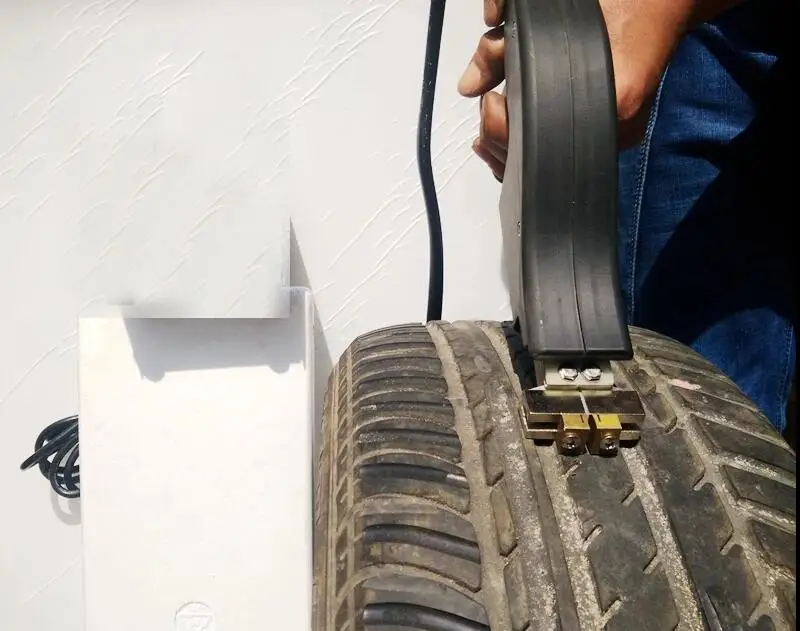
Intelligent Temperature Control
The tire tread cutter can cut with less heat than most groovers, eliminating the heat deteriorating effects of the tire.
Heat & Corrosion Resistant
We use impact and corrosion resistance material and refractory material for the handle to ensure the durability of the service life. Use DC power to have a safe operating.
Wide Application
The tire groover tool has a wide application including race car tires, truck tires, motorcycle tires, karting tires, ATV tires, industrial tires, etc.
Specifications
Model: HSD-T100
Voltage: AC110V
Type: Manual
Power: 400W
Plunger stroke length: 39.4"
Milling cutter diameter: 2-20 mm
Tool holder handle: 11.8"x7.87"x2.8"
Packing size: 13.8"x9.8"x11.8"
Weight: 17.6lb (ca. 8 kg)
Package Content
1 x Tire groover
1 x Introduction Manual
2 x U-Type 2,4,6,8,10 mm Blades
2 x V-Type 2,4,6,8,10 mm Blades
Tough Equipment & Tools, Pay Less
VEVOR is a leading brand that specializes in equipment and tools.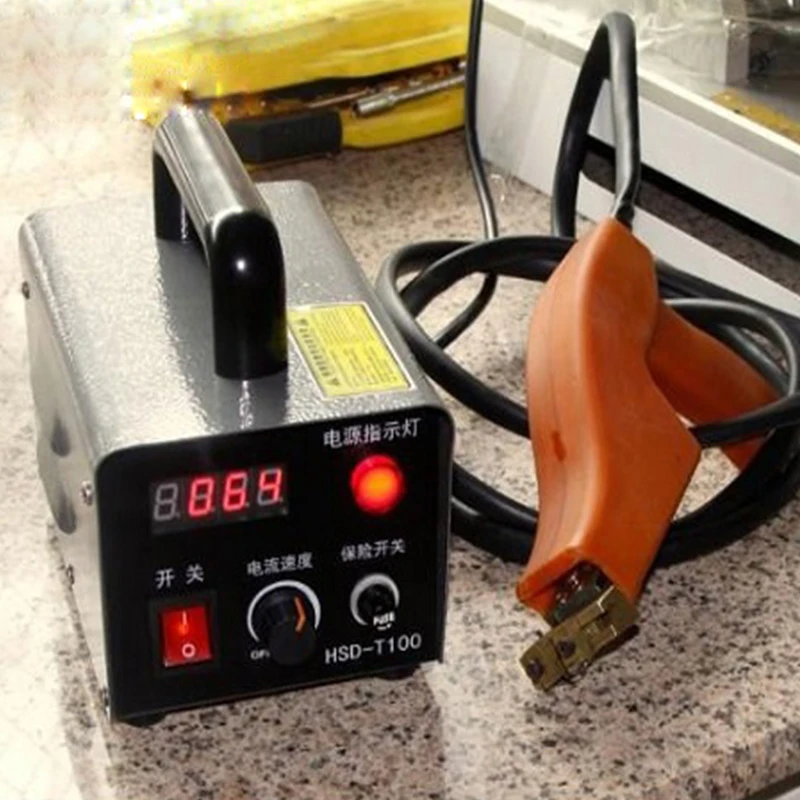 Along with thousands of motivated employees, VEVOR is dedicated to providing our customers with tough equipment & tools at incredibly low prices. Today, VEVOR has occupied markets of more than 200 countries with 10 million plus global members.
Along with thousands of motivated employees, VEVOR is dedicated to providing our customers with tough equipment & tools at incredibly low prices. Today, VEVOR has occupied markets of more than 200 countries with 10 million plus global members.
Why Choose VEVOR?
Tough Equipment & Tools, Pay Less
VEVOR is a leading brand that specializes in equipment and tools. Along with thousands of motivated employees, VEVOR is dedicated to providing our customers with tough equipment & tools at incredibly low prices. Today, VEVOR has occupied markets of more than 200 countries with 10 million plus global members.
Why Choose VEVOR?
HSD-T100 Tire Groover Machine
The tire groover tool has an instant blade change & adjustment feature which is critical for proper grooving.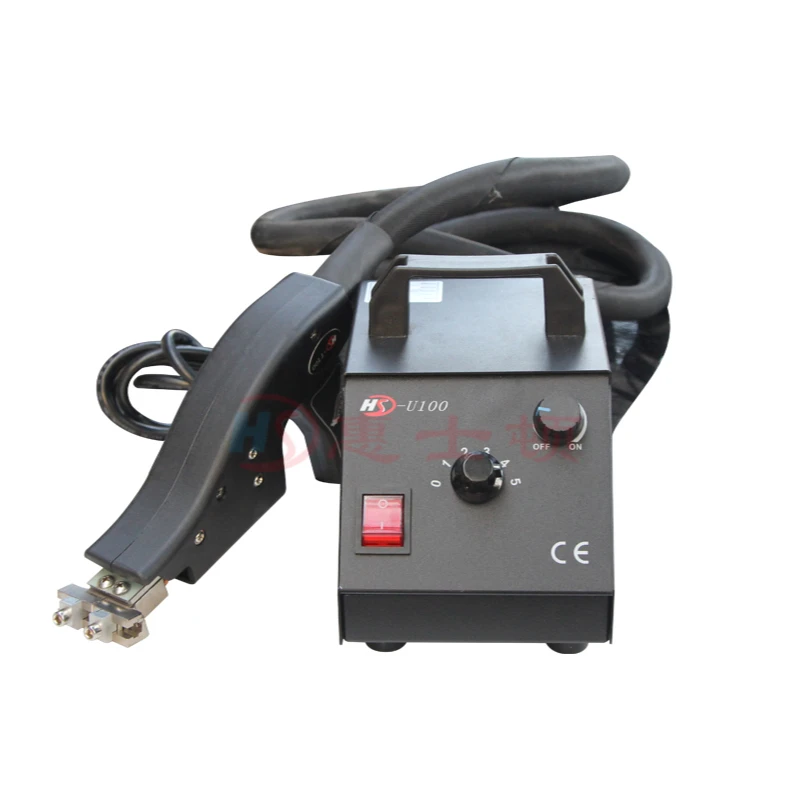 This function enables the operator to easily position or re-position the blade at the correct depth & is particularly advantageous when different sizes blades are required on the same tire.
This function enables the operator to easily position or re-position the blade at the correct depth & is particularly advantageous when different sizes blades are required on the same tire.
High Performance
The tire groover machine has an instant blade change & adjustment feature for proper grooving enabling the operator to easily position or re-position the blade at the correct depth & is particularly advantageous when different sizes blades are required on the same tire.
Easy to Control
The user is aware of the real-time of the temperature listed in the panel. The machine will thermostatically work at the set temperature. It gives you a precise, consistent cutting depth and virtually automatic operation.
20 Tire Blades
This tire grooving machine comes with 20 tire blades including U-type and V-type blades from 2 mm-10 mm.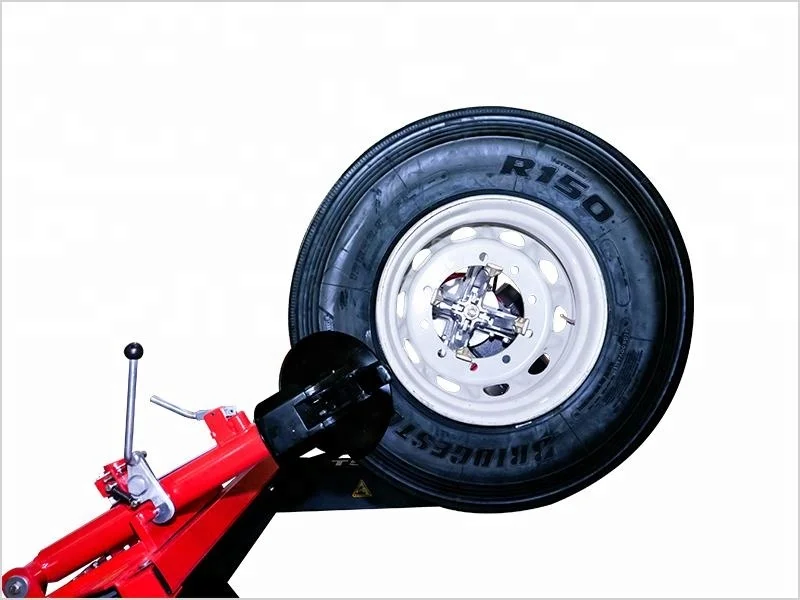
Intelligent Temperature Control
The tire tread cutter can cut with less heat than most groovers, eliminating the heat deteriorating effects of the tire.
Heat & Corrosion Resistant
We use impact and corrosion resistance material and refractory material for the handle to ensure the durability of the service life. Use DC power to have a safe operating.
Wide Application
The tire groover tool has a wide application including race car tires, truck tires, motorcycle tires, karting tires, ATV tires, industrial tires, etc.
Package Content
Specifications
 8"
8"Today there is more of a need than ever for truck and fleet owners to keep operating costs as low as possible. Increasing tire mileage and decreasing fuel consumption is the most effective way to achieve this. Fuel and tires are a truckers two biggest expenses. Regrooving is the key to the most cost effective use of both. Truck tire regrooving has been shown to increase tire mileage by 30 % and at the same time dramatically decrease fuel consumption. Simply put, regrooving your truck tires, original rubber and/or retread rubber, will save you a lot of money.
An amazing aspect of regrooving is that the same attributes that make regrooving such a tremendous financial benefit also benefit the environment.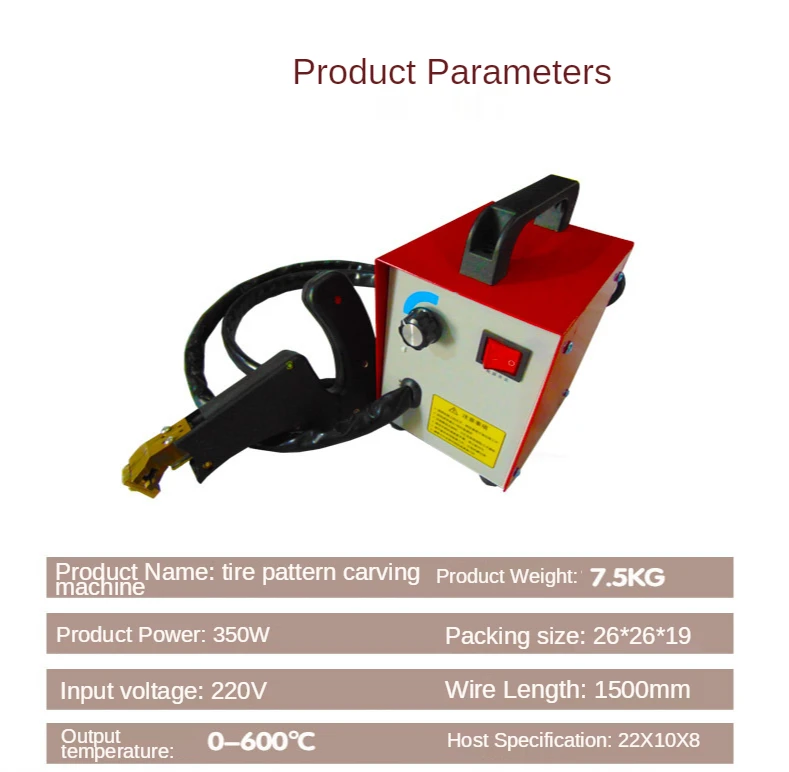 Better rolling resistance and more efficient fuel usage lead to less fuel consumption and cleaner air. Longer lasting tires with better mileage lead to less tire disposal and a dramatic reduction in the demand for natural resources. In fact, for every four tires that are regrooved, over 150 pounds of raw material are saved. This is enough raw material to produce an entire truck tire.
Better rolling resistance and more efficient fuel usage lead to less fuel consumption and cleaner air. Longer lasting tires with better mileage lead to less tire disposal and a dramatic reduction in the demand for natural resources. In fact, for every four tires that are regrooved, over 150 pounds of raw material are saved. This is enough raw material to produce an entire truck tire.
Prior to the Van Alstine G1000 and related products, regrooving was not a user friendly process. Regrooving tools were both slow and required tremendous force to operate or they were difficult to control. These technical limitations made the benefits of this process difficult to achieve. As a consequence, regrooving today is tremendously underutilized.
Two factors contribute to proper regrooving: 1) the ability to accurately follow a desired tread pattern which will re-establish traction and 2) the ability to cut consistently at the proper depth which will maximize the use of the most productive rubber on the tire.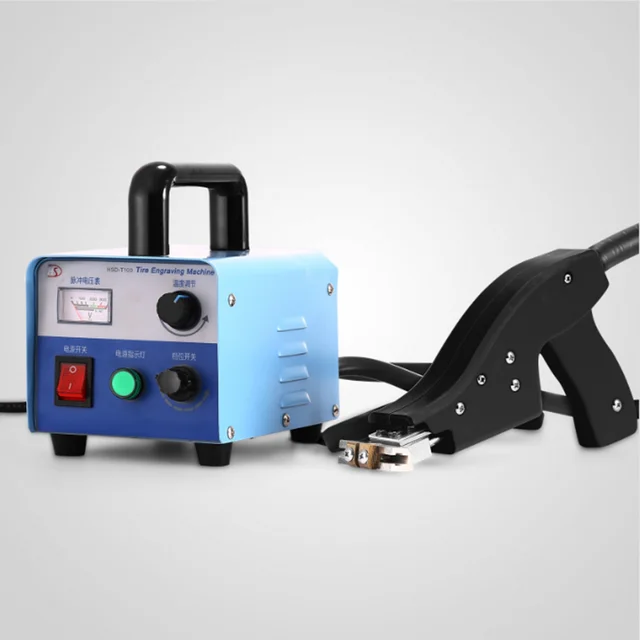 Van Alstine groovers are unmatched in these capabilities.
Van Alstine groovers are unmatched in these capabilities.
Beneath the original tread pattern of a modern tire is the most effective, efficient, and environmentally friendly rubber. Here, tire mileage is at a maximum, while rolling resistance and fuel consumption is at a minimum. It is well known that tread rubber becomes progressively more durable as the tire surface continues to wear. It has been demonstrated that the rubber made useable by regrooving will get twice the miles per 1/32" compared to that of a newer tire. It has also been demonstrated that regrooved tires produce a 20% to 30% improvement in fuel efficiency compared to that of a newer tire. Regrooving enables the utilization of this most productive part of the tire. Calling it the "super rubber" would not be unreasonable.
Modern tires are designed to utilize all resources to optimize cost-effectiveness.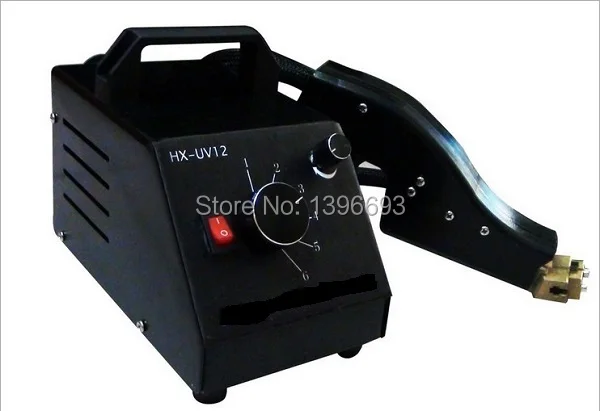 Both virgin casings and retreaded tires can be regrooved and will provide thousands upon thousands of safe, fuel efficient miles. In fact, it has been shown that regrooving, then retreading, then regrooving again, may be the best way to maximize tire miles and fuel efficiency. Whatever your tire program happens to be, the introduction of regrooving can only save you money. If you are a truck tire dealer or a retreader, regrooving can be a valuable service for your customers and a source of great profit for you. Proper regrooving is the key to maximizing these tremendous benefits. Van Alstine Grooving Products are the key to proper regrooving.
Both virgin casings and retreaded tires can be regrooved and will provide thousands upon thousands of safe, fuel efficient miles. In fact, it has been shown that regrooving, then retreading, then regrooving again, may be the best way to maximize tire miles and fuel efficiency. Whatever your tire program happens to be, the introduction of regrooving can only save you money. If you are a truck tire dealer or a retreader, regrooving can be a valuable service for your customers and a source of great profit for you. Proper regrooving is the key to maximizing these tremendous benefits. Van Alstine Grooving Products are the key to proper regrooving.
Truck tire regrooving: Cost-effective.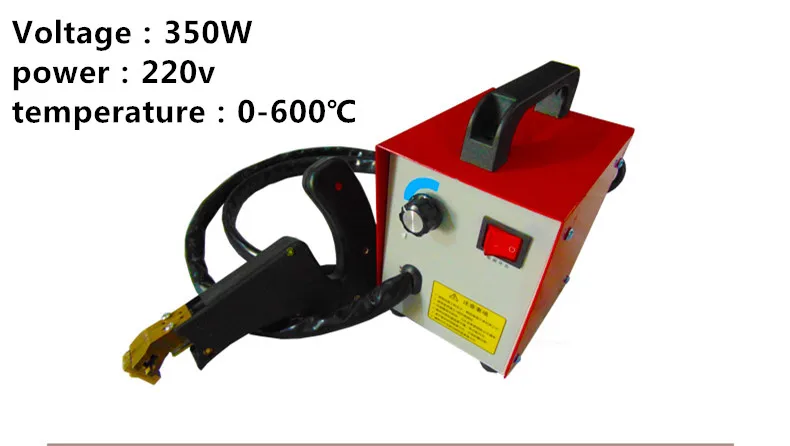 Environmentally friendly. Easy.
Environmentally friendly. Easy.
Copyright ©2022 — Van Alstine Manufacturing Company, Inc.
|
Home / Transport / car service equipment / Tire retreading lines (tires), FET-TR1215 and FET-TR1216
Didn't find the equipment you were looking for? Write to us via the feedback form or directly contact the manager at [email protected]!
______________________________________
* Information on the equipment purchases you find, by moving here, bypassing here - Working procedure * You can find samples of documents for purchase and other useful information here - Information for the client * You can view the reviews of our partners and leave your own by going to the section - Reviews * Our dealer certificates, as well as a photo report of our activities, are presented here - Photo gallery |
News 07/19/2022 Checkpoint "Pokrovka-Zhaohe" is preparing to open 07/15/2022 From 03/31/2022, the EEC Council decided to increase the limit of duty-free import of goods for individuals to 1,000 euros for goods. 07/13/2022 There are more and more Chinese tires on the Russian market. 07/08/2022 An electronic queue system has been put into operation to allow vehicles to pass through the Russian-Chinese bridge across the Amur River between Blagoveshchensk (RF) and Heihe (PRC). 07/05/2022 Belarus and Kazakhstan put "VAT-barriers" in front of Russian sellers. |
In one of the previous articles we talked about how to properly dispose of car tires. This is indeed a very serious problem, because the number of discarded but not properly disposed of tires in Russia is measured in millions of tons. Another opportunity to reduce environmental damage is the retreading of used tires.
The idea of extending the life of car tires dates back to the last century. Always and at all times, zealous car owners wanted more resource from tires.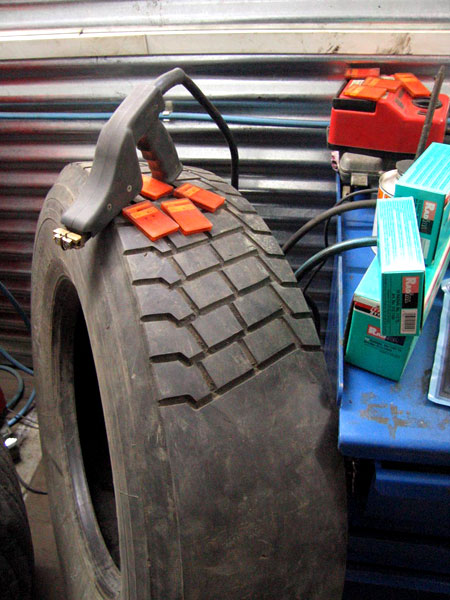 The most widespread are two technologies - the replacement of the tread tape and the so-called recutting of the tread (regruving). Those who remember the times of the USSR are probably familiar with the latest technology - during the years of total shortage it was a popular way to extend the life of tires, including cars. Of course, this happened with varying success - for example, retreaded tires could explode while driving due to the destruction of the cord.
The most widespread are two technologies - the replacement of the tread tape and the so-called recutting of the tread (regruving). Those who remember the times of the USSR are probably familiar with the latest technology - during the years of total shortage it was a popular way to extend the life of tires, including cars. Of course, this happened with varying success - for example, retreaded tires could explode while driving due to the destruction of the cord.
The second technology is the so-called welding, that is, the replacement of the tread tape with a new one, using a cold or hot method. Currently, this is the most popular method of tire retreading, which, however, has a number of limitations. Let's look at each technology in turn.
To begin with, the most important thing. Car tire carcasses are not designed to be reused, so they cannot be restored in any way! Everything that will be said about retreading applies only to "commercial" tires for trucks, construction equipment and buses. These tires have a strong all-metal carcass that can withstand much more than the tread, as well as a special design designed for two to three times recovery.
These tires have a strong all-metal carcass that can withstand much more than the tread, as well as a special design designed for two to three times recovery.
First, let's talk about regrooving the tread, or, as it is also called, regrowing. This is a procedure for deepening the tread with a hand-held cutting tool. Of course, this can not be done with any tires, but only with those that have the Regroovable marking.
Image: Yokohama
In such cases, the design of the tire implies an additional layer of rubber at the base of the tread, which allows you to deepen the pattern by about 3 millimeters, thereby “winning” another 35-40 thousand mileage. The optimal moment for recovery is tread wear up to 3 mm.
Image: Michelin
This retreading method is considered the most inexpensive - spending only 3-5% of the cost of a new tire on regrooving, you can get another 20-30% of the original resource.
Regrowing also has disadvantages. The success of the operation depends entirely on the quality of the framework and the skill of the specialist performing the recutting. Some tire brands allow multiple regrooving for certain models, but after that, the tread must still be replaced. In addition, in a number of countries, the installation of "undercut" tires on the front axles of buses is prohibited at the legislative level.
The success of the operation depends entirely on the quality of the framework and the skill of the specialist performing the recutting. Some tire brands allow multiple regrooving for certain models, but after that, the tread must still be replaced. In addition, in a number of countries, the installation of "undercut" tires on the front axles of buses is prohibited at the legislative level.
Retreading, or changing the tread band, is the most common way to retread truck tires, allowing them to recover at least 50-60% of their original life. Retreaded tires are widely used in all world markets, for example, in Europe they account for more than half of total sales.
Given the high quality of the tire carcass, welding can be performed repeatedly, increasing the tire life up to 450-500 thousand kilometers. Hardfacing can be cold or hot. Let's analyze the differences between these technologies.
When retreading car tires in small workshops, the cold method is most often used.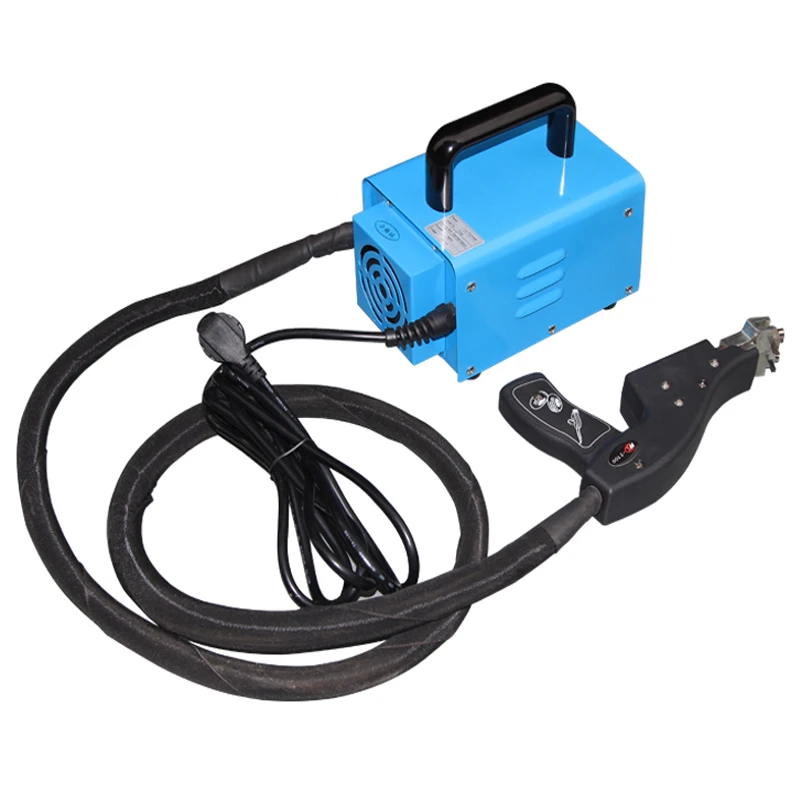
It looks like this. The worn tire is placed in a special machine, where the tread layer is removed from it with a cutter. The breaker layer is carefully inspected for defects, which are repaired using pneumatic tools. The next stage is extrusion, in which the breaker is covered with a layer of raw rubber covering all defects. After that - another layer of raw rubber.
Pictures: Nokian Tires
The tread tape is then applied to the tire. As a rule, all major tire manufacturers produce such tapes, for example, Nokian Tires calls such treads Noktop and E-Tread. An interesting feature of the Noktop tread is the two-layer structure. A softer top layer provides improved traction in winter. By spring, it wears off, revealing a more rigid tread, optimal for use at positive temperatures.
Image: Nokian Tires
The assembled tire is placed in a so-called envelope, from which the air is evacuated. Next, the tires are placed in an autoclave, where, at a pressure of about 4 atmospheres at a temperature of 110 degrees Celsius, the vulcanization process takes place.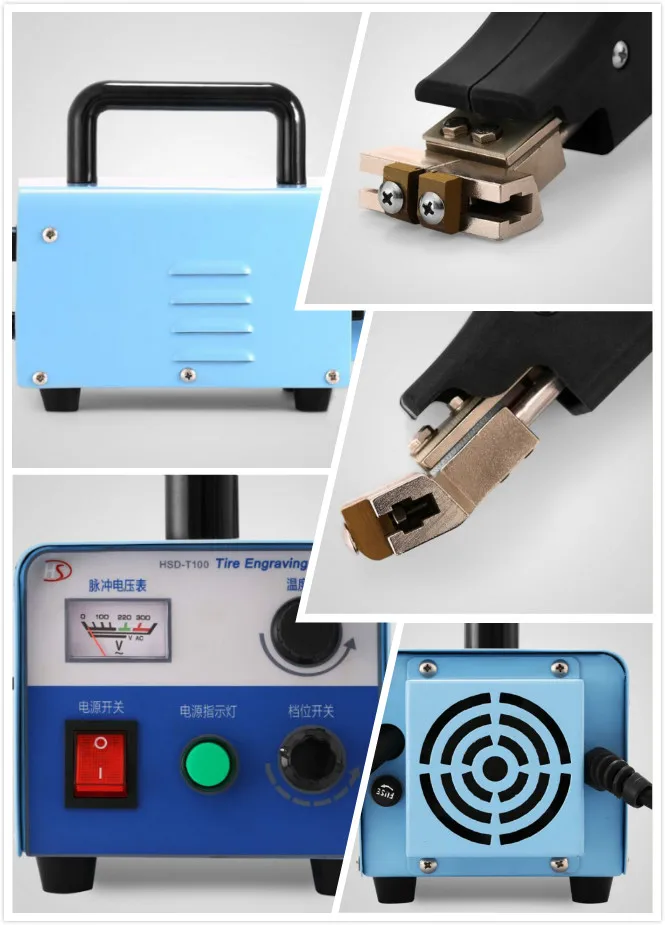 As a result, the tread is tightly connected to the tire carcass.
As a result, the tread is tightly connected to the tire carcass.
The second technology - hot vulcanization - is characterized by the highest quality of recovery, but due to its high cost and energy consumption, it is used only in large industries.
Picture: GoodYear
Hot welding is performed at 180 degrees Celsius and its main difference from the cold process is that a large layer of raw rubber is applied to the prepared carcass (including sidewalls) and then vulcanized with a press -shape on the tire is formed tread pattern - just like when creating a new tire.
For example, GoodYear calls this technology TreadMax or Next Tread. Technology means not only the tape itself, but also special equipment complete with technological maps.
Hot retread tires are more expensive than cold retread tyres, but their quality and service life are higher.
Modern technology really makes it possible to provide high-quality and even repeated retreading of truck and commercial vehicle tires.